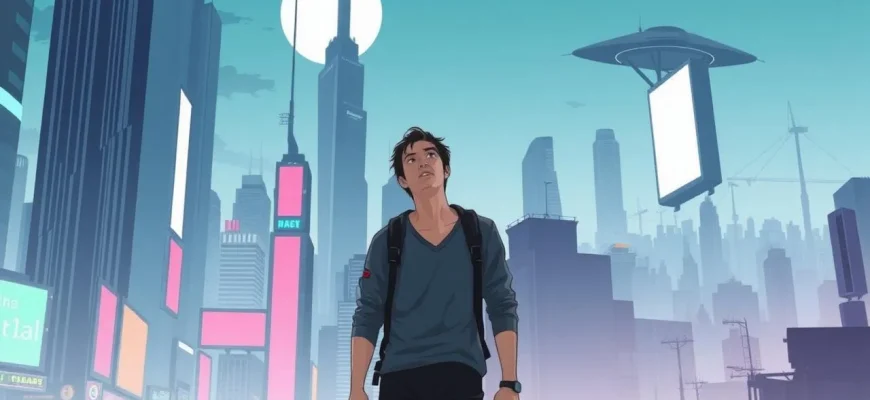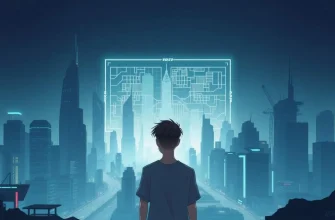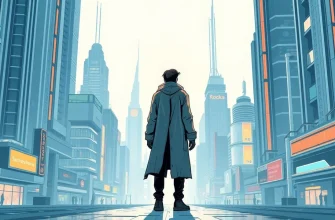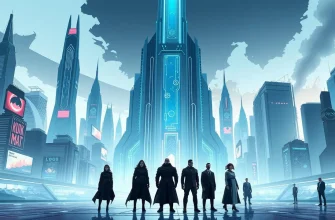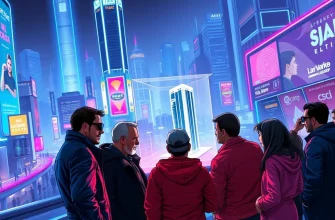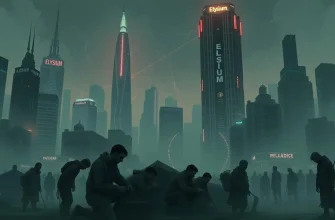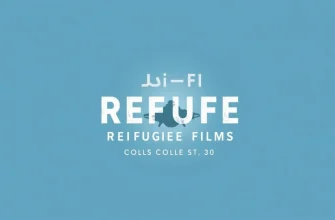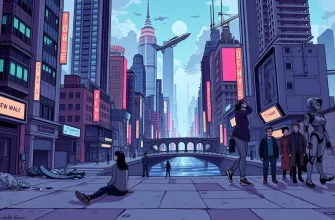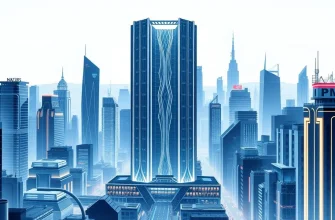In the vast universe of science fiction cinema, there's a niche that explores the stark realities of poverty through futuristic lenses. These films not only entertain but also provoke thought, offering a glimpse into possible futures where economic disparity is magnified by technological advancements. This collection showcases 10 such films, each providing a unique narrative on the intersection of poverty and science fiction, making for a compelling watch for those interested in social commentary wrapped in speculative storytelling.
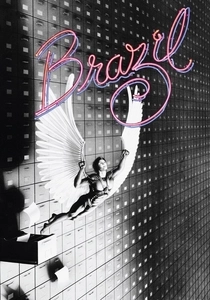
Brazil (1985)
Description: A satirical look at bureaucracy and consumerism in a dystopian future, Brazil also reflects on the poverty of imagination and freedom in a controlled society.
Fact: The film was a critical success but a commercial failure, leading to conflicts between director Terry Gilliam and Universal Pictures.
 Watch Now
Watch Now 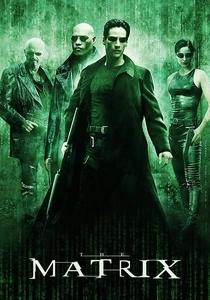
The Matrix (1999)
Description: While primarily known for its action, The Matrix also delves into themes of economic disparity and the exploitation of the human population by machines.
Fact: The film's "bullet time" effect was groundbreaking and has been widely imitated since.
 Watch Now
Watch Now 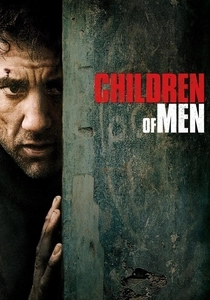
Children of Men (2006)
Description: In a world where humans can no longer reproduce, the film delves into themes of hope, despair, and the value of life amidst societal collapse and poverty.
Fact: The film features several long, uninterrupted takes, including a famous 6-minute single shot during a battle scene.
 Watch Now
Watch Now 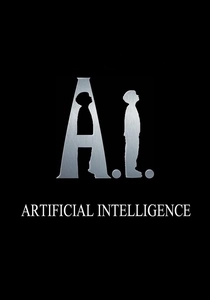
A.I. Artificial Intelligence (2001)
Description: This film explores a future where robots are created to fill the emotional void left by human infertility, touching on themes of poverty in emotional and existential terms.
Fact: The film was originally conceived by Stanley Kubrick, but was directed by Steven Spielberg after Kubrick's death.
 Watch Now
Watch Now 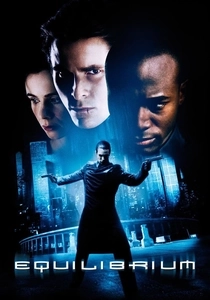
Equilibrium (2002)
Description: In a dystopian future where emotions are outlawed, Equilibrium explores the suppression of individuality and the resulting poverty of human experience.
Fact: The film's fight scenes were heavily influenced by the "Gun Kata" style, a fictional martial art.
 Watch Now
Watch Now 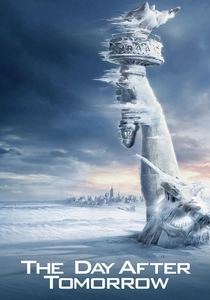
The Day After Tomorrow (2004)
Description: While primarily a disaster film, it touches on themes of economic disparity as the world faces a sudden ice age, with the poor being the most vulnerable.
Fact: The film's special effects were nominated for an Academy Award, particularly for the realistic depiction of weather phenomena.
 Watch Now
Watch Now 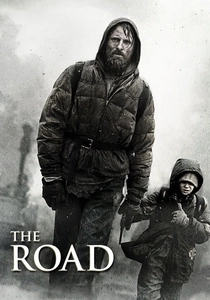
The Road (2009)
Description: While not explicitly sci-fi, The Road's post-apocalyptic setting and themes of survival in a world stripped of resources highlight the dire consequences of poverty and desperation.
Fact: The film was shot in various locations in Pennsylvania, Oregon, and Louisiana to capture the desolate landscapes.
 Watch Now
Watch Now 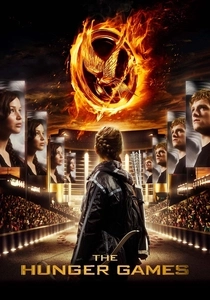
The Hunger Games (2012)
Description: This film series portrays a future where the Capitol exploits the poverty of the districts for entertainment, highlighting the stark economic divide.
Fact: The film was shot in North Carolina, with the arena scenes filmed in an abandoned quarry.
 Watch Now
Watch Now 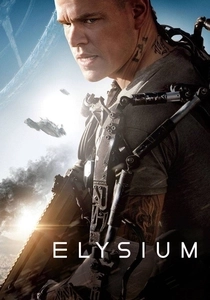
Elysium (2013)
Description: In a future where the wealthy live on a luxurious space station called Elysium, the rest of humanity is left to suffer on a ruined Earth. This film explores the stark contrast between the haves and have-nots, with a focus on the struggle for basic healthcare and equality.
Fact: Elysium was filmed in Mexico City, which was transformed to represent the dystopian Earth. The film's visual effects were nominated for an Academy Award.
 Watch Now
Watch Now 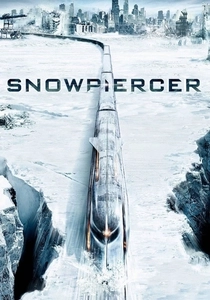
Snowpiercer (2013)
Description: Set in a post-apocalyptic world where survivors live on a perpetually moving train, Snowpiercer examines class warfare and the harsh realities of survival in a rigidly stratified society.
Fact: The film is based on the French graphic novel "Le Transperceneige." It was Bong Joon-ho's first English-language film.
 Watch Now
Watch Now 
